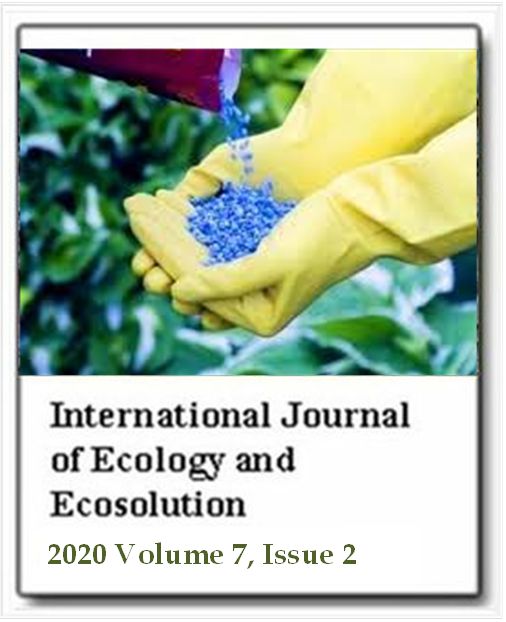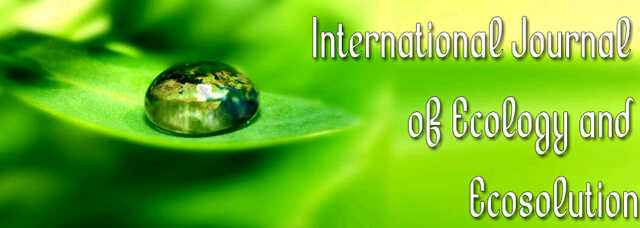Effect of rangeland vegetation cover on climate change mitigation
Mebrate Getabalew, Tewodros Alemneh and Derbie ZewdieInternational Journal of Ecology and Ecosolution
Published: September 30 2020
Volume 7, Issue 2
Pages 16-22
Abstract
Vegetation plays a key role in the global climate system via modification of the water and energy balance. Its coupling to climate is therefore important, particularly in the tropics where severe climate change impacts are expected. Consequently, understanding vegetation dynamics and response to present and projected climatic conditions for various land cover types is vital. The climate exerts the dominant control on the spatial distribution of the major vegetation types on a global scale. In turn, vegetation cover affects climate via alteration of the physical characteristics of the land surface like atmospheric gas composition, for example, CO2 and CH4 (biogeochemical effects). In general, the climate models agree that tropical deforestation exerts a net regional warming while an effect on extra tropical regions is more uncertain. When we see the Sahara region, several models are able to simulate “green Sahara” phenomenon during the mid-Holocene. Some models reveal multiple steady states in the region due to a strong interaction between vegetation and monsoon precipitation. Sensitivity simulations show that some expansion of vegetation cover into the Sahara is possible under CO2-induced climate changes. Rangelands play an important role in mitigating the negative effects of climate change by reducing wind speed, temperature and store the organic carbon (carbon sequestration). They also protect the soil against wind and water erosion and sand dunes. This implies that vegetation cover and climate are directly interrelated. Hence, this review was undertaken to assess the effects of vegetation cover or rangeland on climate change mitigation.
Keywords: Climate change, CH4, CO2, mitigation, vegetation cover, rangeland.
Full Text PDF
